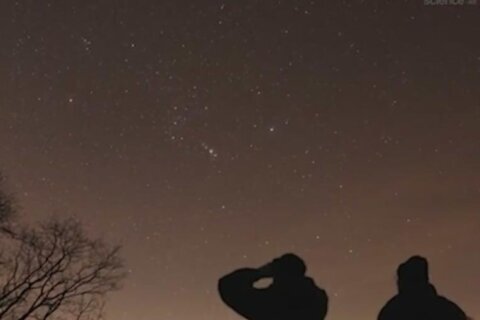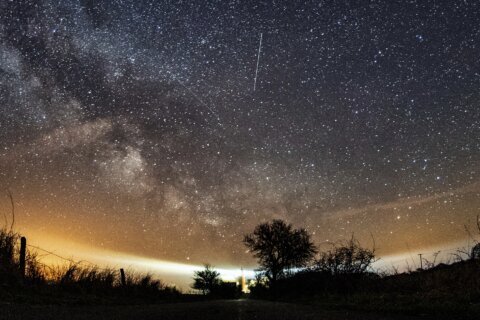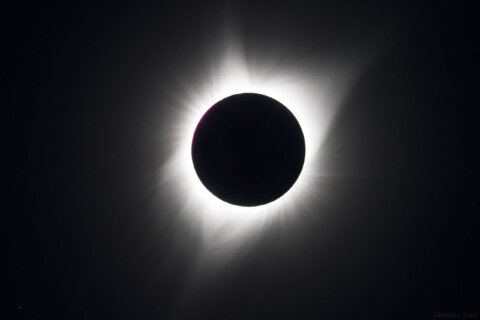Even if coronavirus put a damper on your summer fireworks, the cosmos has you covered.
The Perseid meteors fly by Earth every year between July and August. And they’re projected to peak this week.
According to NASA, you’re going to want to watch the skies around the mornings of Aug. 11, Aug. 12 and Aug. 13.
The space agency says you can see 100 meteors per hour — a much higher amount than most other showers.
NASA considers it the best shower of the year.
The Perseids are quick and bright, often leaving long tails of light and color behind them as they streak across the sky.
They’re also known for their fireballs, which are big explosions of bright light and color that can last longer than an average meteor streak.
If you plan to check them out, find a place with a clear view of a large swath of the sky. Move far away from any sources of light. The good news is that you don’t need any equipment to see them.
If you’re not in a position to watch the Perseids, there are live streams available. The Virtual Telescope Project will share its own live feed starting at 22:00 UTC on Tuesday.
Following the Perseids, the next meteor shower won’t be until October, when the Orionids light up the sky.
CBS News contributed to this report.








